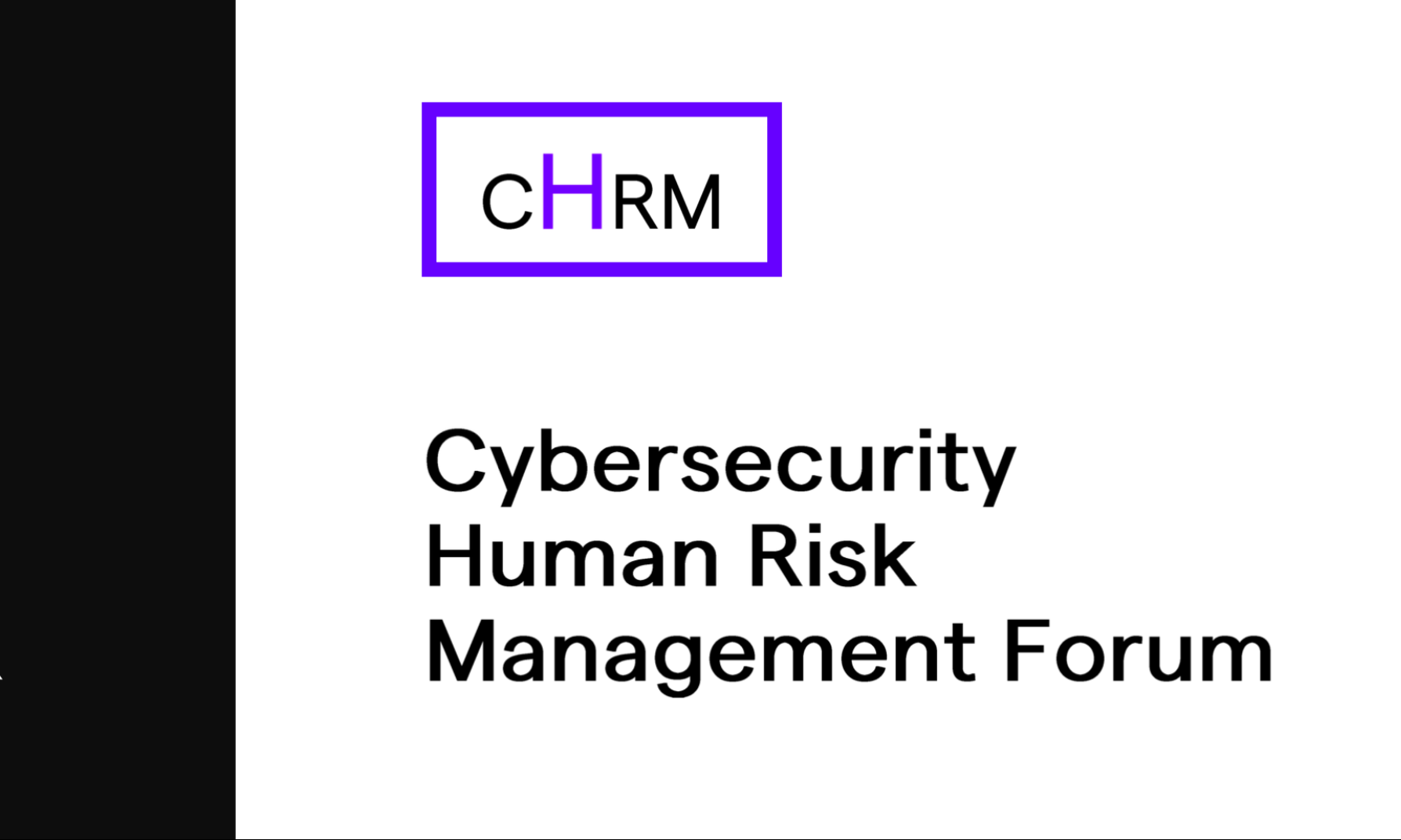Recently, Slack patched a significant vulnerability in its AI feature which could be manipulated to grant unauthorized access to sensitive information in private channels. Slack is a critical communication tool for many businesses, and this incident serves as a vivid reminder of how integral robust cybersecurity measures are in our digital workplace.
Why This Matters
Considering the millions of messages exchanged daily that contain proprietary business information, personal data, and other confidential communications the scope for compromise could have been incredible. Such vulnerabilities are a stark reminder of how exposed our data can be, even within trusted platforms. In a business environment where collaborative tools are essential, security breaches like this one can have severe consequences:
- Data Breaches: Unauthorized access can lead to significant data leakage, compromising company secrets and sensitive personal information.
- Reputation Damage: For businesses, a data breach can result in a loss of trust from clients and partners, severely harming their reputation.
- Financial Loss: The aftermath of a security breach often includes costly investigations, legal fees, and possible regulatory fines.
Cybersecurity Awareness is Key
This incident is a clear call to action for organizations to prioritize cybersecurity awareness. Given the sophisticated nature of cyber threats, every individual within a company – from top executives to entry-level employees – needs to understand basic cybersecurity protocols.
- Ransomware: Employees should be trained to recognize ransomware threats, which can encrypt valuable data and demand payments for its return.
- Phishing: As a common attack vector, phishing attempts often lead to unauthorized access to systems. Training employees to spot and report phishing emails is crucial.
- Password Security: One of the simplest yet most effective measures is ensuring robust password practices. Regular password updates and the use of complex passwords can deter unauthorized access.
The Role of Human Risk Management
Robust cybersecurity measures are only as strong as the people who implement them. Human risk management involves:
- Regular Training: Continuous education about emerging threats and secure practices helps in maintaining a high level of awareness.
- Simulated Attacks: Conducting simulated phishing attacks and other scenarios can help identify vulnerable individuals and areas needing improvement.
- Policy Enforcement: Establishing and strictly enforcing cybersecurity policies ensures that there is a clear understanding and acceptance of best practices across the organization.
Moving Forward
While Slack’s quick action to patch the vulnerability is commendable, it raises essential considerations for businesses relying on collaborative tools. Ensuring that these platforms are continually updated and monitored for security threats is imperative.
Organizations must foster a culture of security awareness, recognizing that humans play a significant role in maintaining secure borders. By integrating comprehensive cybersecurity training and human risk management strategies, businesses can significantly mitigate potential threats.
As we navigate an increasingly digital and interconnected world, the importance of maintaining strong cybersecurity measures cannot be overstated. The Slack AI bug is a potent reminder of the vulnerabilities that can lurk even in trusted platforms.
Together, we can OutThink the hackers.






